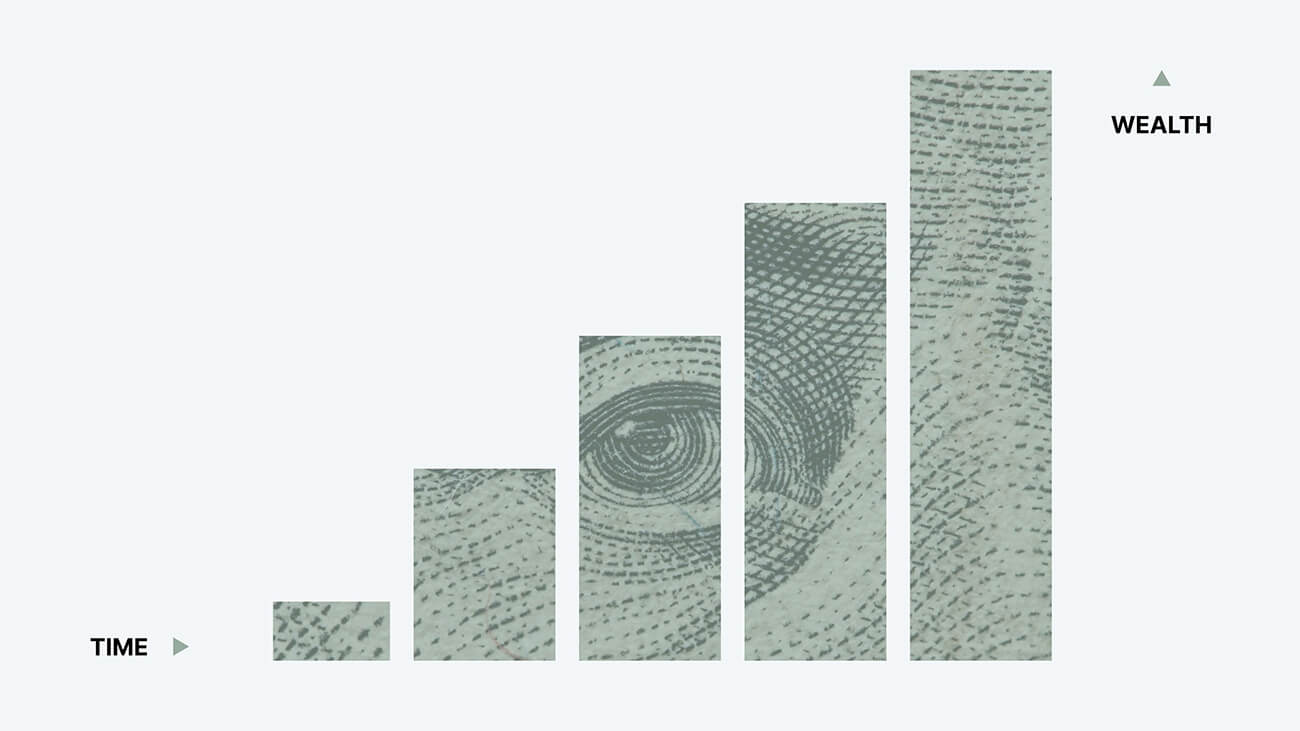
An ETF investing (exchange-traded fund) was first introduced in the late 1980s. After 30 years, ETFs transformed into almost every stock class: bonds, ETF for gold, real estate, and even currencies. Since then, it has been considered to be the ideal tool for beginners. The number of ETFs worldwide reached 6478 with a 6.18tr dollar value of assets.
So, is an ETF a stock? An ETF is a fund that consists of different assets. Because it is not focused on only one share, an ETF is considered to be a popular tool for diversification portfolios.
An ETF can be focused on a hundred different industries or be based on one type. For a better understanding, we will cover different type of ETFs:
- Currency ETFs: invest in Canadian dollars, British pounds, or any other currency
- Bonds ETFs: might include any government bond or corporate bond
- Commodity ETFs: ETFs that invest for gold or oil
- Industry ETF: focus on a particular industry like technology or gas
- Inverse ETF: trying to gain on the stock declines.
ETF vs. Index Fund: What Is the Difference?
The main difference between ETFs and index funds is that the latter can be bought or sold only by the price set by the end of the trading day, while an ETF can be traded throughout the day. ETFs are considered more flexible and convenient as they are similar to common stocks on the stock exchange.
Secondly, the index fund or mutual fund usually has higher fees as it is managed by professionals. ETFs do not require much paperwork, nor do they have such large fees. Furthermore, ETFs don’t require special accounts.
ETFs are easier to manage when compared to index funds. That is why it is so popular among beginners.
How Can ETFs Pay a High Dividend?
Most ETFs pay proportional dividends quarterly. It is also called paying on a “pro-rata” basis. Typically, dividends are paid in cash, but additional shares can be offered. There are two main types of ETFs with dividends:
Qualified dividends: the stock must be held for more than 60 days prior to the ex-dividend date (the date when the stock starts trading without the value of the next dividend payment). Qualified dividends are listed in the Form 1099-DIV form.
Non-qualified dividends: all dividends that fail to qualify for lower-tax-rate. So, if an investor could not find the dividend in the 1099-DIV form, he uses the following formula to calculate the dividend:
Total of Ordinary Dividend = Qualified dividend – Non-qualified dividend.
Example: If a fund reports $300$ of the ordinary dividend and $250 of a qualified dividend, you get $50 off a non-qualified dividend.
Usually, for investors, there are no issues as to whether or not the dividend is qualified for the U.S. market. For investors who prefer to invest in international companies, the difference can be more significant due to the tax calculation.
On the other hand, dividends can also be paid monthly in ETF. One of the most popular ways is the real estate investment trust stock. Indeed, the reason for its monthly payment is simple: REIT is considered as non-qualified dividend ETF.
That is why it is important to check not only the list of the best-paid ETFs but also the qualification of its dividends.
What Opportunities Does an ETF Bring in Stocks?
There are several reasons why ETFs are so popular:
Variety
An ETF provides a variety of choices due to its differentiation in classes. Let’s say a man has $2500. He wants to invest in Euro (currency), gold, and the tech industry.
Usually, $2500 would not be enough to invest in stocks, but an ETF gives such opportunities. He can invest $1500 in gold, $500 in Euro, and the rest in tech industries.
For people who are limited in assets but willing to try more, an ETF provides such an opportunity.
Low Fees
Really high fees can push newbies away from investing. An ETF usually has a lower ratio than mutual funds. Many online brokers provide fee-free for ETFs. If you are looking for an investing platform and want to try an ETF, check Einvestment. You can manage your portfolio based on already prepared plans.
Keeping Up with the Trend
ETFs are known for their fast response to new trends and technology. It is the best instrument in case of new, in-demand innovations.
Liquidity
Most of the ETFs are very liquid. They can be sold or bought throughout the day. This gives investors the opportunity to exit the market as soon as they see a recession. An ETF helps them lose much less than mutual funds.
Invest According to Your Style
Active, passive, or in between. Investors can choose passive management or approach actively in the market for sales and deals.
Three Easy Steps to Invest in ETFs

First, ask yourself: should I buy an ETF or not?
- If you do not have a minimum of 2000 USD to invest in the mutual fund, yes, you should invest in an ETF.
- If you have a couple of thousand you want to invest from your 401(k), yes, you should invest in an ETF.
Second, you should think about how to get a good deal.
If you are going to invest in an ETF, you have to check it in the same way as mutual funds.
Check the index track and how long it is constructed. Consider additional costs, such as the total annual expense and broker fees.
Third, know the names of the players.
All providers of ETF call themselves differently. Some of the most popular are:
- Spiders: also known as SPDR S&P 500 ETF (SPY) with the track of the S&P 500 Index
- NASDAQ 100 Index in ETF. NASDAQ is mainly composed of tech stocks.
There are many more “big names” that we suggest you study before investing.
Conclusion
An ETF can be an easy way to start investing for beginners or those who are scared of mutual funds. Once you start, check the dividend returns of the fund.
Interesting fact- the Daily Technology Bull 3x (TECL) was up by 1452% even during the current economic crisis. If someone invests only $10,000 in it, they could gain almost $150,000. You can check more interesting facts about ETFs here.
The previous example just proves that ETFs are safe and a low-risk way to enhance your personal investments.
Tags: #investments, funds









